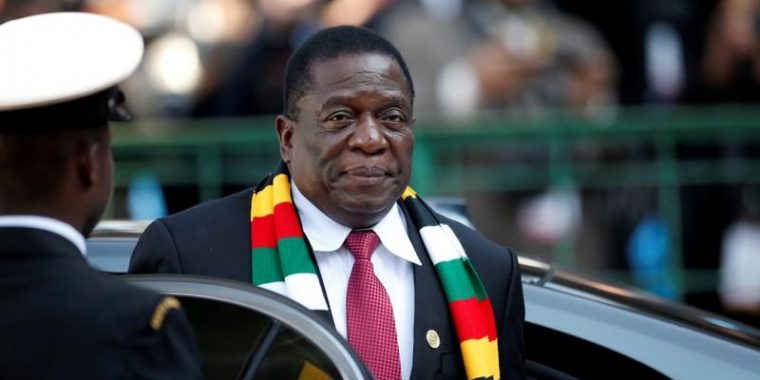
Zimbabwean Finance Minister Mthuli Ncube this week gazetted the banning of the South African rand, US dollar and other foreign currencies for local transactions.
The Reserve Bank of Zimbabwe subsequently directed banks to tighten the screws on cash withdrawals from NGOs and companies but has clarified that individuals will still have access while remittances will still be paid out in forex.
But for horticultural farmer, Godknows Homwe – who supplies local hotels and other traders – it is still a game of counter-strategising to avoid losses and to stay on top of the situation. He said that he was pricing his produce in line with the obtaining local currency exchange rate to restore real value.
“Basically one head of cauliflower costs US$1 and I have to work with a price around that at the prevailing exchange rate for the Zim dollar. Yesterday I sold some stock and at the weekend I will also sell some more using the same strategy so that I am not affected by the changes on the market,” he said.
Others with sufficient room to adopt a wait and see attitude have delayed projects such as construction of residential houses until the pricing regime stabilises. It is a strategy viewed as a shot in the dark by others as they feel that there is no certainty to how the situation will pan out.
It seems though that investors and traders on the Zimbabwe Stock Exchange (ZSE)will not enjoy such room to manoeuvre. The local equities market had become a haven for investors running away from highly volatile money markets.
As of Wednesday, the Zimbabwean exchange market started falling and dual-listed companies such as Old Mutual have been the most affected, losing as much as 17 per cent on Wednesday.
This was after the government imposed a “vesting period of 90 days on disposal of dual listed securities or shares purchased by investors” on the ZSE.
Analysts at IH Securities said in a note that “the confusion in currency policy direction has left the economy in limbo” as the economy was previously “heavily” subsidized. “There as has been an apparent de-dollarisation in some sectors of the economy,” added the analysts.
Consumer companies such as KFC Zimbabwe and Simbisa Brands, which runs Steers and Nando’s outlets, reverted back to Zim dollar pricing. Supermarkets such as Pick n Pay and OK Zimbabwe were also no-longer accepting foreign currencies, with confusion and scepticism building among consumers over high pricing.
Denford Mutashu, president of the Confederation of Zimbabwe Retailers said pricing distortions in the market were emanating from the parallel market exchange rates.
He said: “The interbank exchange rate market has to be fully operationalised and liberalised to ensure that companies that import raw materials are guaranteed access to the funds they need.”
Zimbabwe’s currency markets are meanwhile in a tail-spin, with the interbank market exchange rate for the Zim dollar against US dollar losing ground from around 1:6.3 at the beginning of the week to a high of 1:8.6 at some financial institutions such as First Capital Bank, formerly Barclays Zimbabwe.
This is in contrast to parallel market rates that have fallen from a high of 1:12 at the weekend to 1:7 by Thursday. This has left the market confused but is likely to play to the advantage of the government which has battled price increases fuelled by the parallel market rate surge which has left official inflation at 97.7 percent for May
“There is no float (mobile banking and electronic bank funds) and the bond notes (Zimdollar) is in short supply such that we have been turning away clients with higher amounts of forex who are looking for local funds,” said a currency trader. “People are saying the banks are now paying more, but I don’t think that will continue for a long time,” she added.

